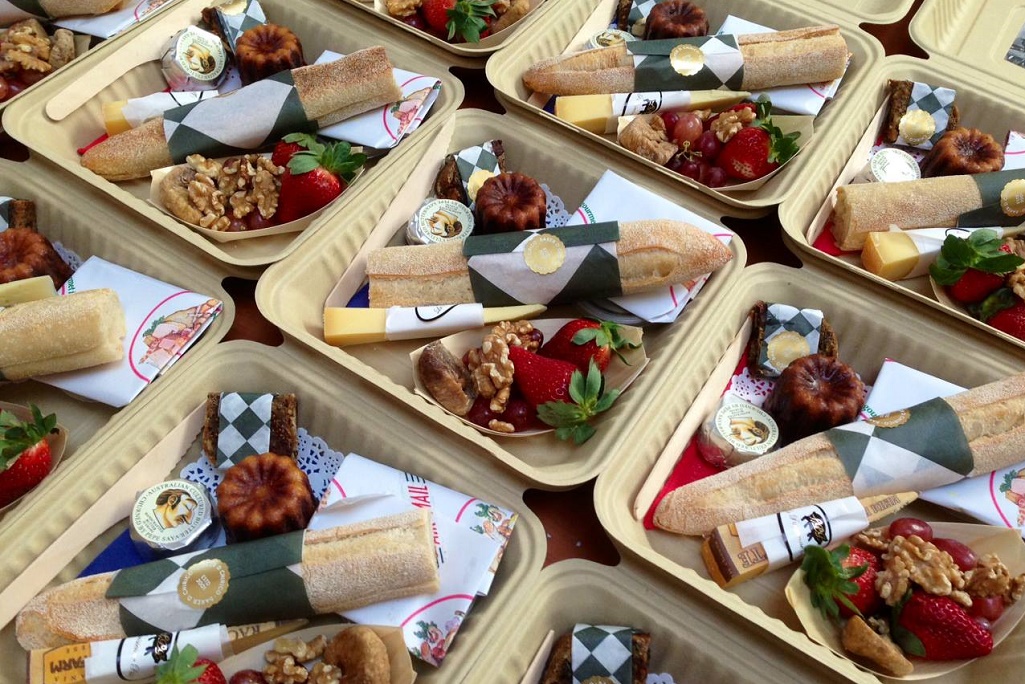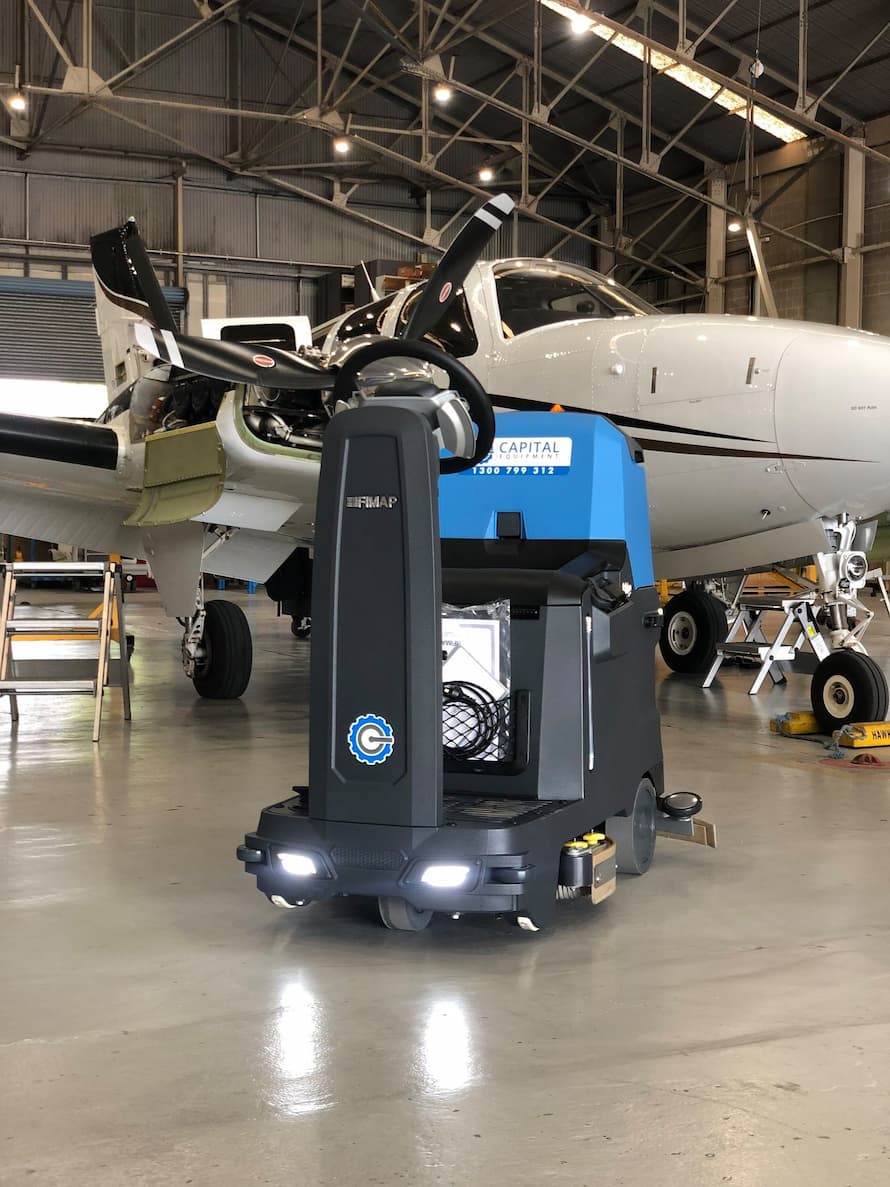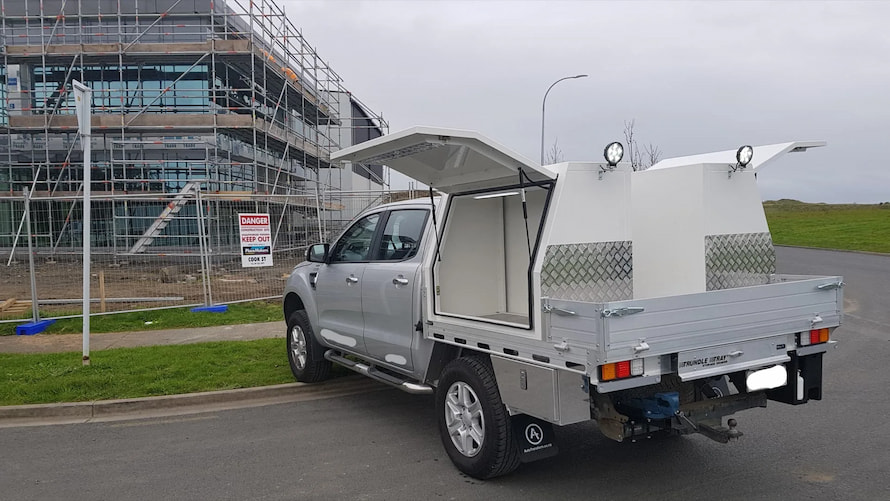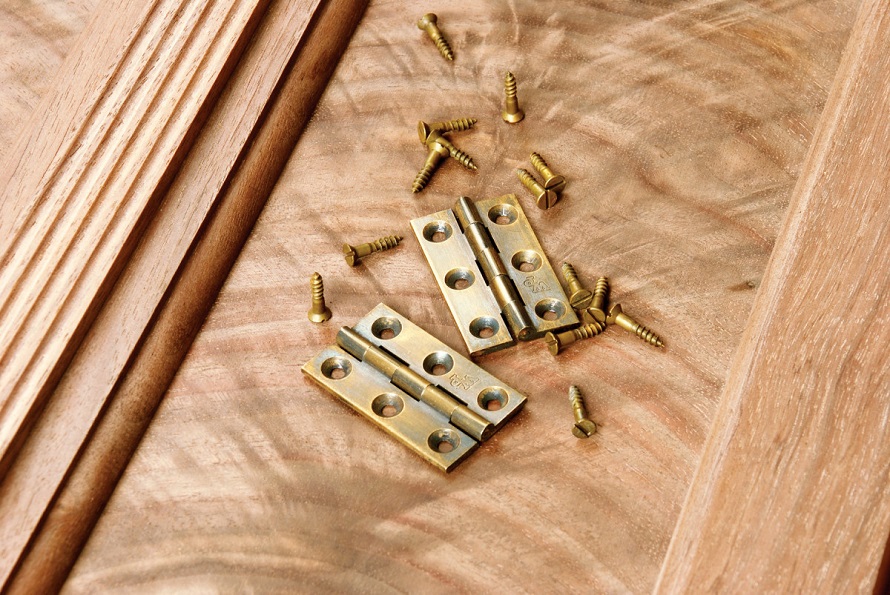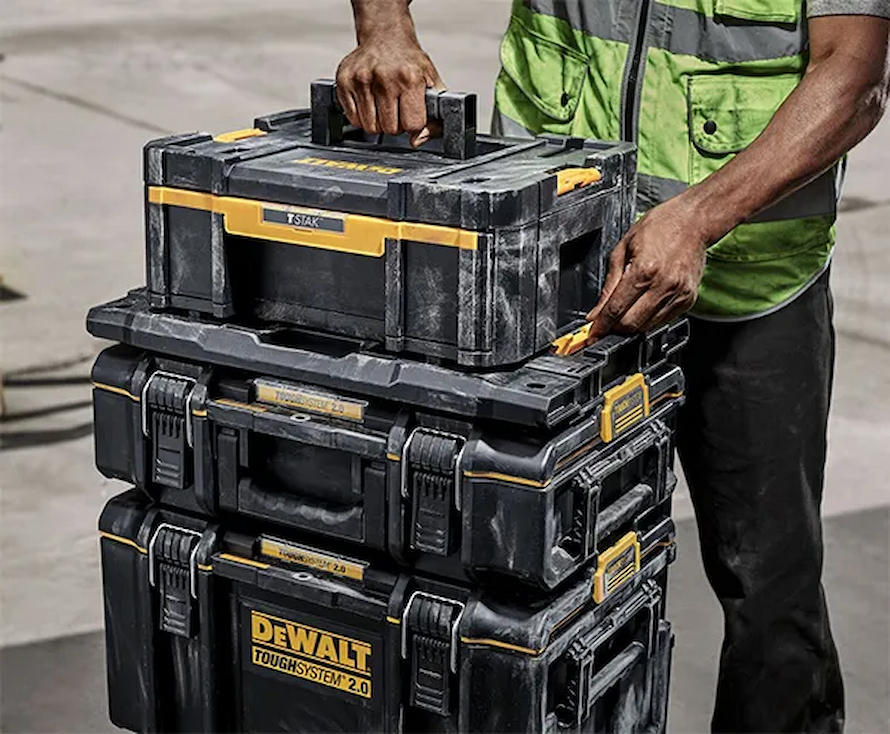Industry
The Problem with Takeaway Food Packaging & How to Solve It (for the Good of the Environment)
Disposable packaging is an important staple in the foodservice industry. It makes serving and transporting food quick and hygienic. Unfortunately, more often than not, disposable food packaging after being used turns into waste that takes hundreds of years to decompose. According to Keep Australia Beautiful, takeaway cups, boxes and cutlery represent 23% of litter by volume in NSW. As a result, disposable packaging is increasingly piling up in landfills, polluting our rivers, parks, and marine and threatening to destroy our environment.
But what can the food service industry do? Using reusable food containers and drink cups is not the most efficient solution for obvious reasons. For one, if food and drinks were packed in reusable containers, it would mean that the total cost of the products will increase greatly, making them impossible to afford for some people. On the other hand, another solution would be to motivate customers to bring their own reusable cups to refill or reusable lunch boxes to pack. But let’s be honest, most people aren’t likely to bother doing it.
Which leaves us with the most plausible solution – takeaway packaging which is designed to decompose fast and not harm the environment once disposed of. Or in other words, compostable takeaway packaging. A lunch box takeaway container made of materials that are biodegradable can be safely thrown away together with food waste. Even without any sorting! And once it reaches the landfill, it will decompose in a matter of days or months depending on the conditions, without contaminating the soil or water streams.
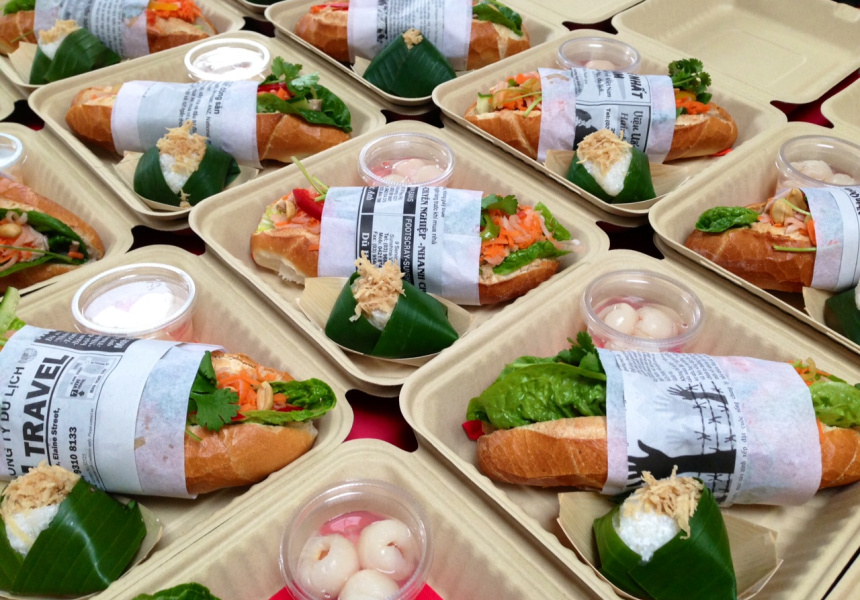
But there’s another rather obvious benefit of compostable packaging. It can be processed and turned into compost – which can be used to fertilize the soil and grow even more food! While some biodegradable food containers need to be processed by industrial composting facilities, there are also some that are suitable for home composting and worm farms. Containers that can be composted by the customer himself are those made of sugarcane bagasse or bamboo. On the other hand, clear containers and paper containers with PLA lining should only be composted at an industrial facility.
Although not all parts of Australia have access to industrial composting, the statistics show that many Australians make their own composts. This is especially true for Victoria, where 66% of households have reported to use home composting. Isn’t it amazing? The lunch box takeaway food was packed in can be used to fertilize your vegetable garden or flower bed!
Those of you who read this far and think they know better might be wondering “Why compost if we can simply recycle takeaway packaging?” Well, if it were a good solution, I would’ve mentioned it at the beginning. However, a huge problem with takeaway packaging made of recyclable materials is that once you put food or a drink in it it becomes greasy and soiled and thus cannot be recycled. In other words, if you can recycle your water bottle, it doesn’t necessarily mean that you can recycle your pizza box!


